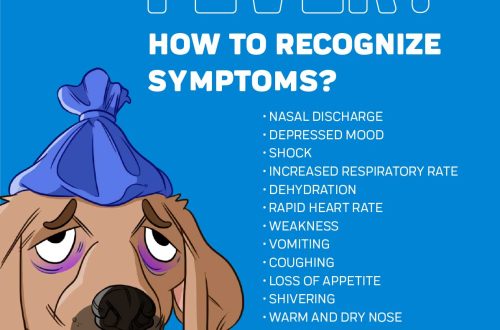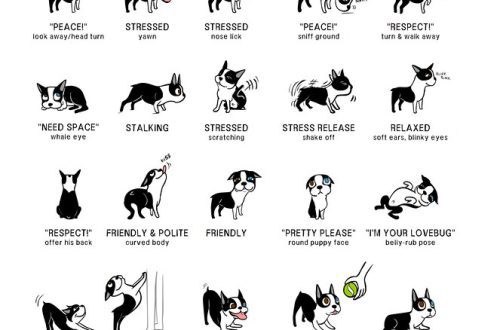
Snow nose in a dog: why does a pet’s nose turn pink
Does a dog’s nose turn pink when it gets cold? This condition is often referred to as “snow nose”. But this is only one of the reasons. About all the factors of a light nose in a pet – later in the article.
Contents
What is a snowy or winter nose in a dog
“Snow nose” is a general term for depigmentation of the skin of a dog’s nose that turns from black or brown to pink. As a rule, such depigmentation occurs either in the form of spots or in the form of a strip along the center of the nose, according to Life In the Dog Lane.
In winter and in colder climates, snowy noses are more common in dogs. However, this phenomenon is not limited to northern dogs, as was once thought. Usually this is a temporary phenomenon, and the pigment returns to normal as soon as it gets warmer outside. But with age, dogs’ noses sometimes remain snowy all year round.
Experts believe that snow nose is not limited to specific dog breeds, but is more common in some than others. For the most part, this phenomenon occurs in Siberian Huskies, Labradors, Golden Retrievers and Bernese Mountain Dogs. In fact, in breeds originally bred in the northern regions.
Why does a dog’s nose turn pink?
The causes of snowy noses in dogs are not exactly known. One possible explanation is the breakdown of tyrosinase, an enzyme that produces melanin, the skin pigment, says Cuteness. Tyrosinase is sensitive to cold and is destroyed over time. However, this does not explain why this phenomenon occurs only in some breeds of dogs and why it can be observed in animals in warm climates.
The dog has a winter nose. What to do?
Snow nose in dogs, like gray hair in humans, does not need to be treated. There is no way to restore the lost pigment. But remember that melanin helps protect your pet’s delicate nose from the sun’s rays. Without this natural protection, it is necessary to limit the exposure of your four-legged friend to the sun and put sunscreen on his nose before walking on a sunny day.
And while it’s not known exactly why a dog’s nose turned pink due to loss of pigment, veterinarians sometimes recommend checking the animal’s thyroid gland to rule out thyroid problems, says The Spruce Pets. Some veterinarians believe that pigment loss may be a reaction to chemicals from plastic food and water containers. Just in case, it is better to replace the bowls with metal or ceramic ones. Some experts are studying the relationship between the winter nose and the dog’s nervous system. In any case, sudden changes in the color of the pet’s nose should be reported to the veterinarian.
Snow nose is a fairly common occurrence and is not usually a cause for concern. As soon as any health problems in the pet are ruled out, you can relax. Perhaps knowing why the dog has a pink nose will take less time for the owner to fall in love with their four-legged friend’s new look.





